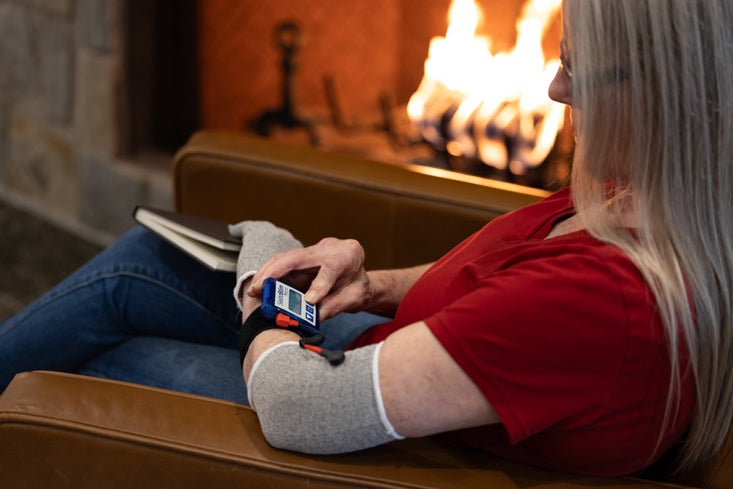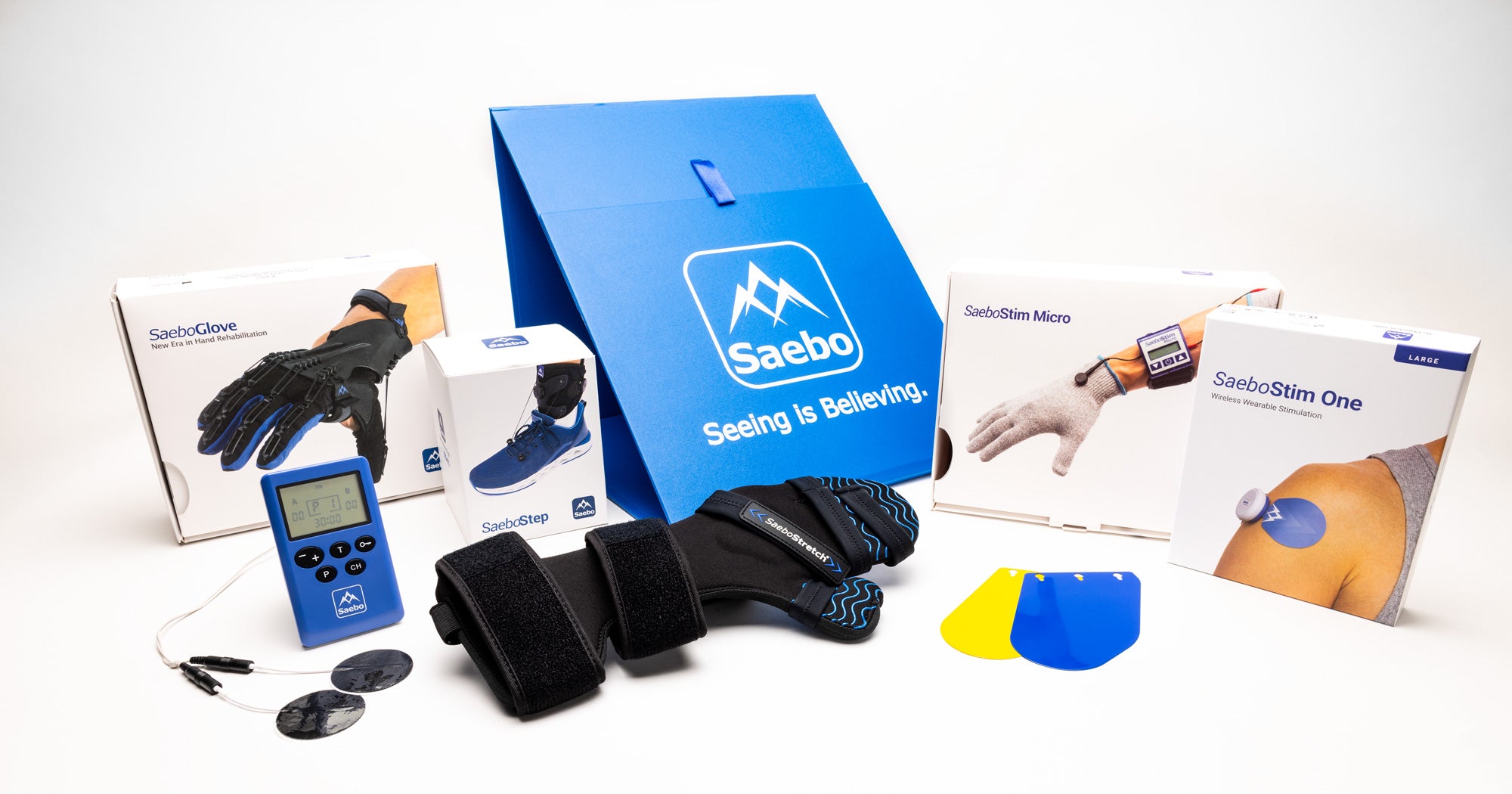Utilizing Robotics in Stroke Rehabilitation: A Deep Dive

Stroke rehabilitation has seen significant advancements over the past decade, with the integration of robotic technology being a major development. Robotic therapy has emerged as a powerful tool in the realm of stroke rehabilitation, especially concerning motor control recovery in the upper limbs. In addition, the latest research is showing promising results with combating learned nonuse while enhancing arm and hand recovery.
The Emergence of Robotic Rehabilitation
The advent of robotic rehabilitation has marked a shift in the approach to neurorehabilitation for stroke rehab and recovery. Traditionally, the focus of stroke rehabilitation was on compensation. However, robotic therapy allows for a concentrated effort to ameliorate the impaired limb, aligning with the concepts of neuroplasticity. This technology-based treatment for stroke patients offers a high dosage of intensive, interactive, flexible, and adaptive training tailored to the patient's performance and needs, thereby enhancing the productivity and quality of stroke treatment.
Experience the benefits of our product is in person, working with your own patients.

Robotic Devices Used in Stroke Rehabilitation
Robotics used in the field of neurorehabilitation can be categorized into two primary types: end-effector and exoskeleton robotic devices.
End-Effector Robotic Devices
End-effector devices operate by applying mechanical forces to the distal segments of limbs. They offer the advantage of easy setup, but their control of the proximal joints of the limb is limited, which could lead to abnormal movement patterns.
Exoskeleton Robotic Devices
Exoskeleton robotic devices align the robot axes with the anatomical axes of the wearer. These robots provide direct control of individual joints, minimizing abnormal posture/gait or movement. However, their construction is more intricate and expensive than end-effector devices.
Effectiveness of Robotic Therapy in Stroke Rehabilitation
The effectiveness of robotic therapy in stroke rehabilitation and recovery varies depending on the type of robotic device used and the specific motor function targeted for recovery.
Robotic Therapy for Gait Function Improvement
Gait function recovery following a stroke has seen positive outcomes using end-effector and exoskeleton robotic devices. Studies show that robotic therapy, when combined with conventional physiotherapy, yields greater improvement in gait function, particularly in patients with subacute stroke. However, the effectiveness of robotic gait training in patients with chronic stroke is less definitive, with most studies demonstrating similar or slightly superior results to conventional physiotherapy.
Robotic Therapy for Upper Limb Motor Function Improvement
The impact of robotic therapy on upper limb motor function recovery post-stroke varies depending on the type of robotic device employed. End-effector devices have proven effective in enhancing upper limb motor function, especially when combined with conventional therapy. Studies have shown that the intensity of the robotic therapy is a crucial determinant of motor recovery in patients with chronic stroke.
However, the effectiveness of exoskeleton devices in improving upper limb motor function is less definitive. While some studies show a comparable or superior effect of exoskeleton devices on motor recovery, others show no significant difference between robotic and conventional therapies.
Robotic Therapy for Hand Motor Function Improvement
Hand motor function improvement following a stroke has also seen benefits from using end-effector devices. Studies reveal that robot-assisted hand recovery therapy may provide similar or additional benefits for hand motor function in comparison with conventional therapy in patients with chronic stroke. However, there is insufficient evidence regarding the effect of robotic therapy on the hand motor function of patients in the subacute stage of stroke.
Challenges and Future Directions of Robotic Therapy in Stroke Rehabilitation
Despite the promising results of robotic therapy in stroke rehabilitation, several challenges that need to be addressed. The cost of robotic devices is currently one of the most significant limitations to widespread use. Additionally, further research is required to establish definitive guidelines for the use of robotic therapy in stroke rehabilitation, including the optimal intensity and frequency of treatment and the most effective stage of stroke recovery for its application.
Nevertheless, the future of robotic therapy for stroke treatment looks promising. Ongoing improvements in robotic technology may enhance the efficacy and reduce the cost of such devices. As the robotic therapy field continues to evolve, it is anticipated to become an integral part of standard stroke rehabilitation protocols.
Conclusion
Robotic therapy has emerged as a valuable tool in stroke rehabilitation, offering potential benefits in improving gait, upper limb, and hand motor function. While further research is needed to optimize its use, robotic therapy represents a significant step forward in the field of neurorehabilitation.

The SaeboMAS is for patients suffering from arm weakness resulting from neurological or orthopedic conditions such as stroke, traumatic brain injury, or shoulder subluxation can benefit from the much-needed support and facilitation. This dynamic mobile arm support system is a zero-gravity upper extremity device specifically designed to assist and challenge the weakened shoulder and elbow during functional tasks and repetitive exercise drills. The SaeboMAS picks up where old, traditional arm supports have left off and brings mobile arm supports into the age of technology.
The SaeboMAS is designed for individuals who have had injuries resulting in:
- Limited arm movement and function
- Shoulder weakness and/or pain in the shoulder joint
- Shoulder subluxation
- Shoulder instability
- Arm weakness, fatigue and/or pain.
Some diagnoses that may benefit from use of the SaeboMAS include but are not limited to:
- Stroke
- Traumatic Brain Injury (TBI)
- Spinal cord injury
- MS
- ALS
- Cerebral Palsy
- Muscular Dystrophy
- Shoulder or elbow injuries
Try the SaeboMAS Free for 14 Days!
We believe the best way to experience the benefits of our products is in person. Working with your own patients. In your own clinic. That's why we offer unique, no-obligation trial programs for most of our Saebo products.
All content provided on this blog is for informational purposes only and is not intended to be a substitute for professional medical advice, diagnosis, or treatment. Always seek the advice of your physician or other qualified health providers with any questions you may have regarding a medical condition. If you think you may have a medical emergency, call your doctor or 911 immediately. Reliance on any information provided by the Saebo website is solely at your own risk.



